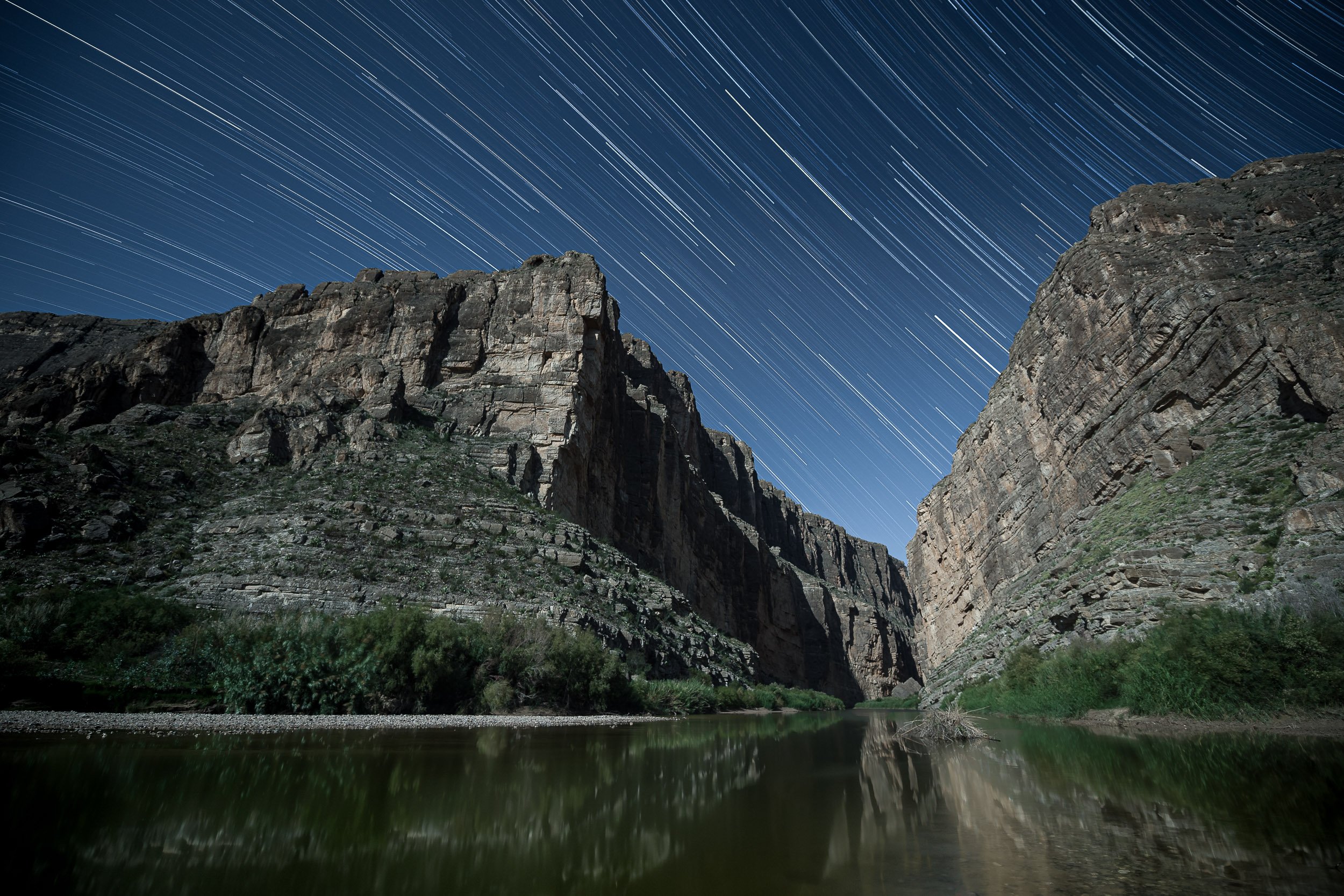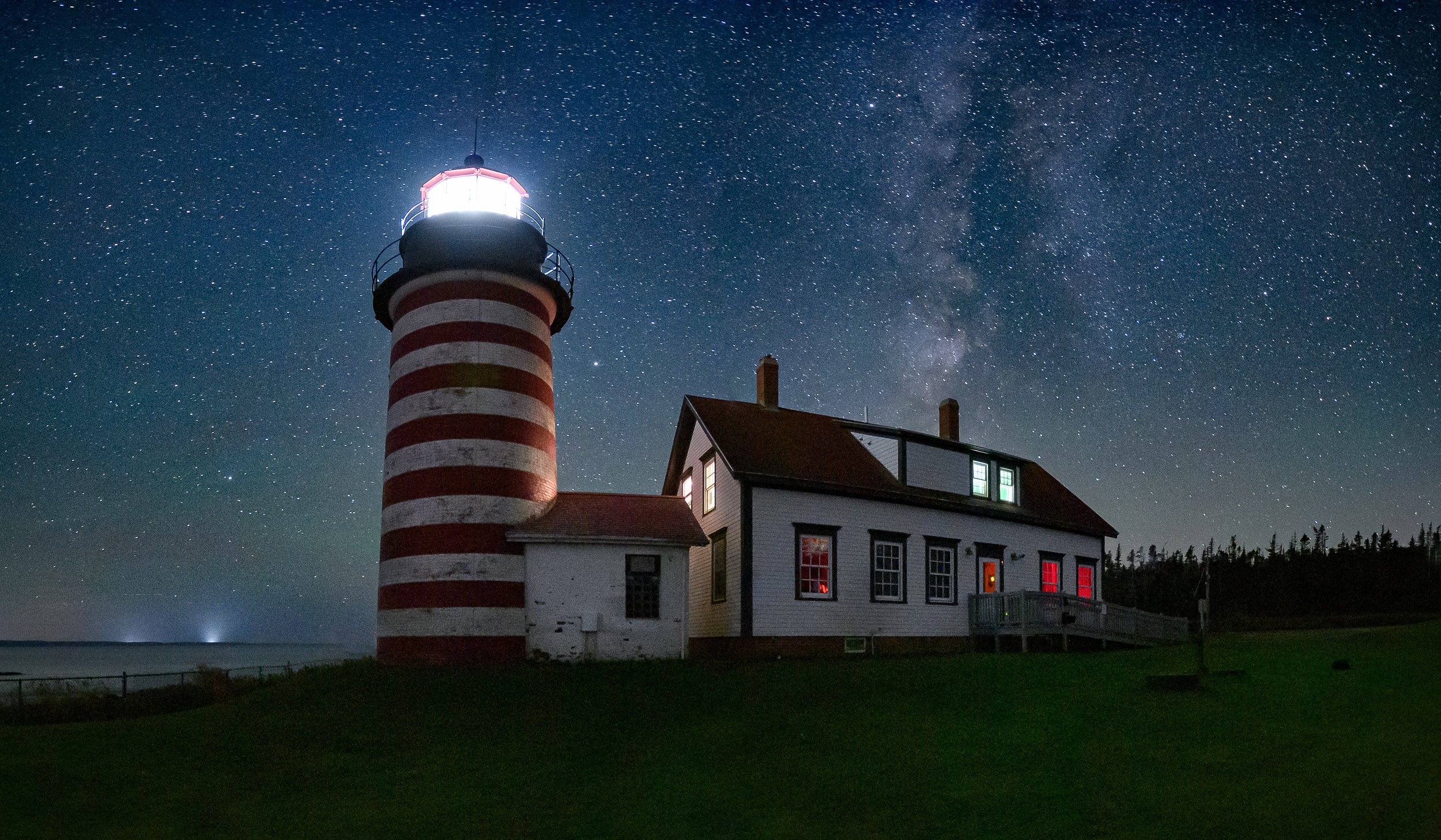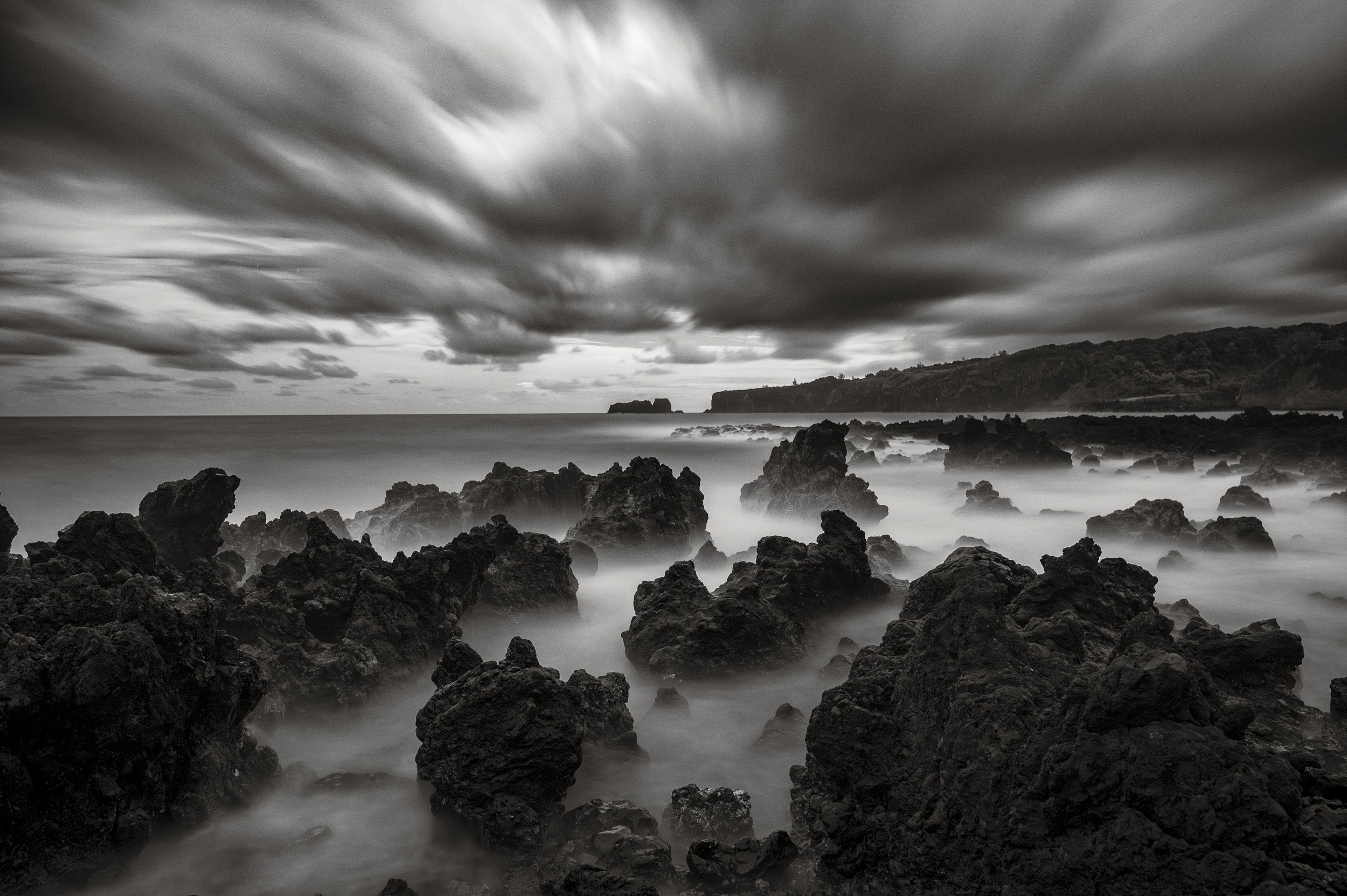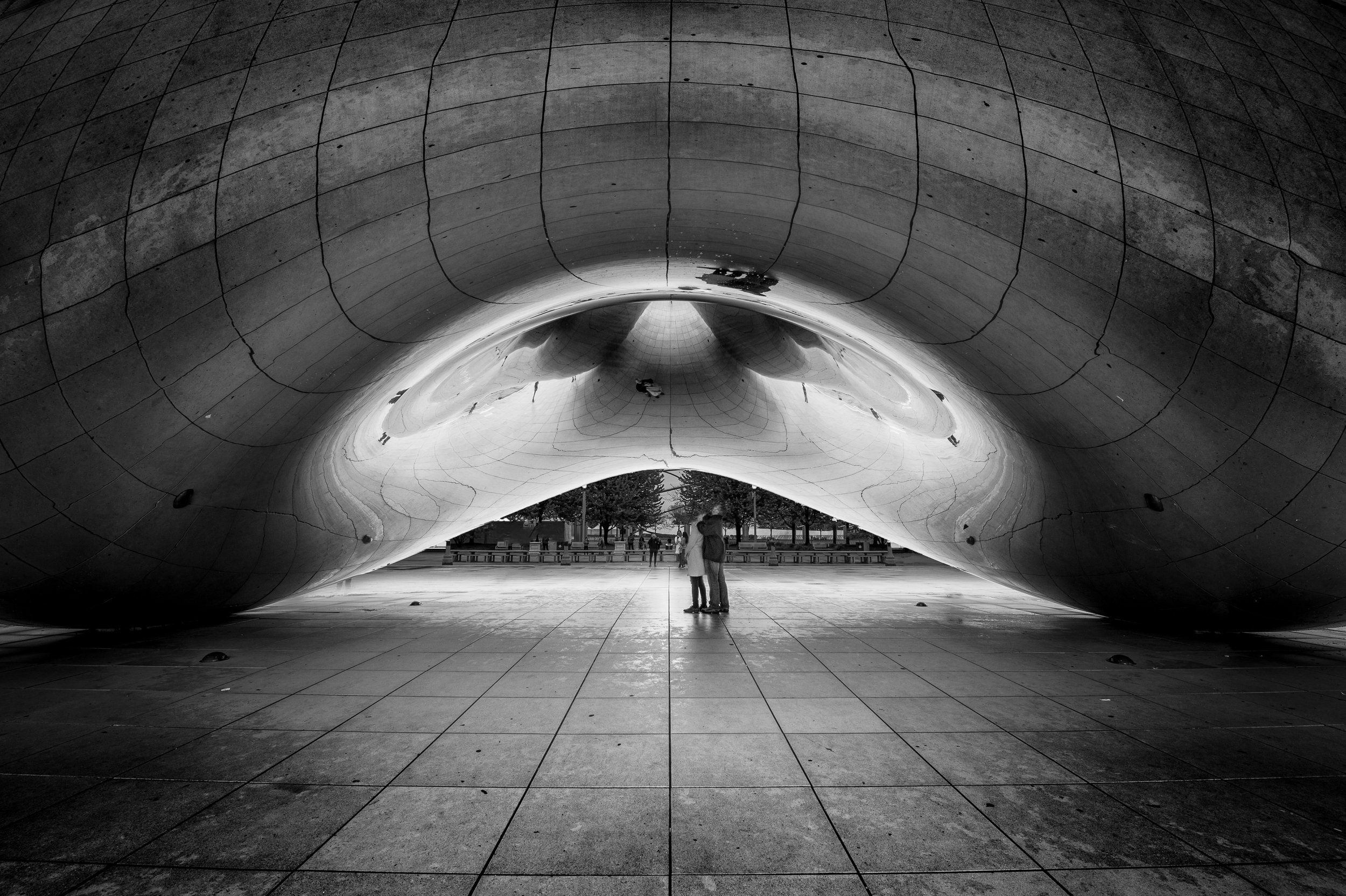A couple of years ago when Matt referred to this being “The Golden Age of Night Photography,” I wholeheartedly agreed. The amazing technology at our fingertips has made this niche more accessible and popular than ever. But if this is the golden age, then surely what came before was the silver age of night photography.
Before silicon chips, it was tiny silver halide crystals that formed our images when photons of light penetrated our lens apertures to land on film or plate. Photographers who have never experienced shooting film at night have no idea just how easy they have it today.
In this week’s blog post, I reminisce about the trials and tribulations of film-based night photography. I want to share with you some of the struggles and challenges, misadventures and woes of the early night photographer. I believe that we can learn a lot by looking at the images of those who have come before us, and perhaps gain an appreciation of just how good we’ve got it.
Even Daylight Was Hard
Whenever I give a talk on the history of night photography, I always start with the first photograph. In 1826 or ’27, Nicéphore Niépce made an 8-hour exposure on a small copper plate, which resulted in a barely recognizable scene at his farm in France (Figure 1). The materials he had to work with were of such limited sensitivity that recording the image took all day—in bright sunlight.
Figure 1. Joseph Nicéphore Niepce, “View From The Window at Le Gras,” c. 1826-27. After ten years of work that began in 1816, Niepce exposed this image on a pewter plate coated with bitumen of Judea with a camera obscura, an optical device used by artists as a drawing aid. After an exposure of at least 8 hours, Niepce washed the plate with a mixture of white petroleum and oil of lavender, and the result was the first permanent photograph. The image is on permanent display at the Harry Ransom Center at the University of Texas at Austin.
Sadly, Niépce succumbed to the mercury vapors used to develop his plates before he could be credited with inventing photography. That credit would go to his business partner Louis Daguerre, who survived the toxic fumes and had his name immortalized with the first commercially available photographic process.
Daguerreotypes required exposures of a minute or more in sunlight, which would have required exposures longer than the night itself, making night photography impossible (except perhaps in 24-hour darkness at the poles).
Later, Boston-based photographer and inventor John Adams Whipple spent the years 1849 through 1851 trying to photograph the moon through a telescope on a daguerreotype plate. Working at the Harvard observatory, he eventually managed to pull it off (Figure 2).
Figure 2. John Adams Whipple worked for 3 years to make this Daguerréotype of the moon through a telescope at the Harvard University Observatory in 1851. The telescope utilized a tracking device to compensate for the earth’s rotation during the long exposure.
The wet plate collodion process began to replace Daguerréotypes around 1851. These plates had to be coated, exposed and developed before the sticky emulsion dried on the glass or tin plate, which took about 10 minutes. That wasn’t nearly long enough for night exposures back then due to the limited sensitivities of the materials at hand.
The French photographer Nadar found a way to make low-light exposures on wet plates by using burning strips of magnesium wire as a light source to illuminate the scene. In the early 1860s he made a series of photographs under the streets of Paris in the catacombs discovered during the construction of the metro tunnels and sewers (Figure 3). The acrid smoke of the burning magnesium made breathing nearly impossible, but he was able to record images without any ambient light.
Figure 3. Nadar pioneered the use of artificial lighting in photography, and was the first person to photograph below ground, in the Catacombs of Paris in 1862.
Coming Into the Dark
Night photography didn’t become truly viable until the invention of the dry plate process in the late 1870s. There are a few anonymous examples of early astro-photographs, but night photography didn’t take off in earnest until the end of the 19th century.
Victorian photographer Paul Martin was one of the first photographers to have a serious go at night photography. During the course of documenting London street scenes in the late 1890s (Figure 4), he began staying out later and later in the evening, and he discovered that it was actually possible to photograph in the dark.
In addition to the technical challenges he faced, Martin was routinely ridiculed by people telling him that it was impossible to take pictures when there was “no light.” Even the police repeatedly questioned his sanity for attempting such a foolish activity, and they ruined many of his exposures when they approached with their lanterns. Martin soon learned that he could save his hard-won exposures by covering the lens as a policeman approached and then uncovering the lens to finish the exposure once the bobby was satisfied that he was a harmless kook.
Figure 4. Paul Martin, “A Wet Night on the Embankment,” 1895-96. Martin received the Royal Photographic Society's Gold Medal for his series of pioneering night photographs titled “London by Gaslight.”
Martin’s work in London caught the attention of the American photographer Alfred Stieglitz in New York. Stieglitz also became fascinated with trying to record night city scenes, so much so that he defied his family’s orders not to go out and photograph in a snowstorm while he had pneumonia (Figure 5).
Stieglitz wrote in his autobiography:
“One night, it snowed very hard. I gazed through a window, wanting to go forth and photograph. I lay in bed trying to figure out how to leave the house without being detected by either my wife or brother.
“I put on three layers of underwear, two pairs of trousers, two vests, a winter coat, and Tyrolean cape. I tied on my hat, realizing the wind was blowing a gale, and armed with tripod and camera—the latter a primitive box, with 4x5 inch plates—I stole out of the house. … The trees on the park side of the avenue were coated with ice. Where the light struck them, they looked like specters.
“The gale blew from the northwest. Pointing the camera south, sheltering it from the wind, I focused. There was a tree—ice covered, glistening—and the snow covered sidewalk. Nothing comparable had been photographed before, under such conditions.
“My mustache was frozen stiff. My hands were bitter cold in spite of the heavy gloves. The frosty air stung my nose, chin, and ears. … It must have been two o’clock in the morning. … After nearly an hour’s struggle against the wind, I reached home and tiptoed into the house, reaching the third floor without anyone hearing me.
“The next day I went to the camera club to develop the plate. The exposure was perfect.”
Figure 5. Alfred Stieglitz, “An Icy Night,” 1898. Steiglitz made this image on a frigid night during a snowstorm in January 1898 after a bout with pneumonia. Steiglitz was particularly proud of this image, and it cemented his interest in night photography. His influence on art and photography in America was enormous, and he is also largely responsible for night photography taking hold in New York at the turn of the 20th century.
Working With Light-Insensitive Materials
Working with materials that were not very light-sensitive, and with the lower light levels of turn-of-the-century street lights, early night photographers had to do everything they could to gather light for their exposures. Wet pavement reflected much more light than dry, and fog helped to illuminate a scene. Night photography was largely done in inclement weather as much out of necessity as it was for the enhanced mood and atmosphere.
In addition to being less sensitive than today’s digital sensors—can you imagine shooting at ISO 2?—plates and film suffered from reciprocity failure. The longer these materials were exposed, the less sensitive they became. This set up an interesting paradox: The longer the exposure, the longer the exposure––which in turn meant a longer exposure was required.
Figure 6. Edward Steichen, Balzac, “Towards the Light, Midnight,” 1908.
Steiglitz’s great friend and colleague Edward Steichen is credited with making some of the earliest photographs by moonlight at the studio of the French sculptor Auguste Rodin in 1908 (Figure 6). He photographed a series of images of Rodin’s sculpture of Balzac over three nights, experimenting with different techniques in hopes of getting a good exposure.
The resulting images are now considered some of his most important works, but at the time he was accused (mainly by the French) of being a fraud. Their rationale? He must have been faking the images because, as everyone knew, making photographs by moonlight was impossible. Little did they know that only a century later people would be making hand-held exposures of the Milky Way with telephones.
The Ultimate Challenge
Perhaps no one better exemplifies the challenges faced by early night photographers than Margaret Bourke White. One of the few western journalists behind the Iron Curtain during World War II, she was sent to Russia by her editor at Life magazine in 1941, and was the only foreign journalist in Moscow when the German bombers arrived.
Bourke White initially photographed the bombing of Moscow from the roof of the American embassy (Figure 7), because the Russian blackout wardens at her hotel forced everyone underground during the raids. Later she set up multiple cameras on the balcony of her hotel room (which faced the Kremlin and Red Square) when the raids began, then rushed to the underground shelters. After the all-clear was given, she returned to close the shutters and to develop the film in her bathroom. In her autobiography she wrote: “To me, the severity of a raid was determined by whether it was a two camera, a three camera, or a four camera night.”
Figure 7. Margaret Bourke White, “Central Moscow With Antiaircraft Gunners,” 1941. Bourke White was one of the only foreign journalists in Moscow when war broke out between Germany and Russia in 1941.
We Really Have it Pretty Good
Any contemporary night photographer worth their salt has a tale or two of harrowing experiences of being rousted by security or nearly stepping on a rattlesnake, but when it comes to the technical difficulties of making images at night, there’s not much that can compare to what those early pioneers had to contend with.
Posting to Instagram from a lonely peak in a national park doesn’t make for much of a story compared to coating your own glass plates in a portable darkroom and then exposing and developing them on the spot with highly toxic fumes while worrying about being blown to bits by Russian bombers.
Think of these pioneers and remember their images and what they went through to make them the next time you’re out feeling cold or tired during a night photography outing. Keep calm, and carry on.





